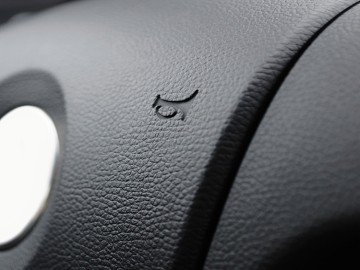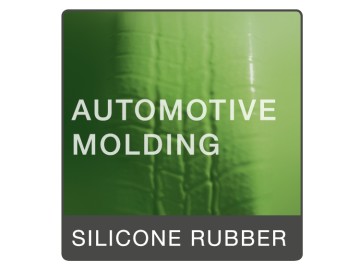Automotive Molding

In the automotive molding sector, condensation- and addition-curing ELASTOSIL® M silicone rubber is used, for example, as a material for molds in the process of producing tire molds and in molding and surface design for car interiors (artificial leather, etc.).

Advantages:
- Easy to process without expensive equipment
- Very good environmental compatibility
- Highly accurate reproduction
- High mechanical strength
Applications:
- Tire mold manufacturing (copying the CAD master and/or new design studies)
- Production of interior equipment such as steering wheels and leather fittings



